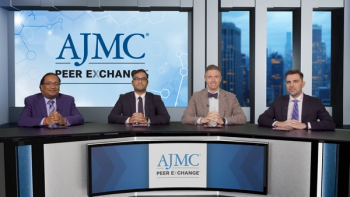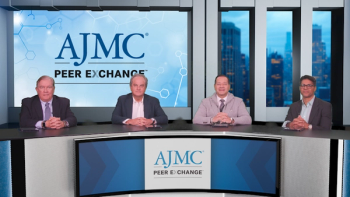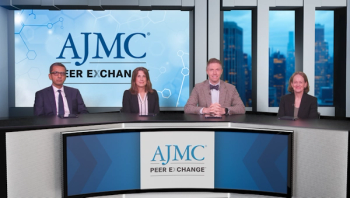
Hematology in Space: Understanding How Blood Behaves Differently in Orbit
Key Takeaways
- Space travel alters hemoglobin gene expression, increasing fetal globin production and shifting erythropoiesis to a primitive type.
- Low gravity in space increases the risk of coagulation disorders, requiring tailored prophylaxis and treatment protocols.
Our knowledge of the effects of space and low gravity on blood cells, clotting, and anemia continues to expand, but further research is needed as commercial spaceflights are poised to grow in popularity.
The signs adorning the halls of the
“Space has a lot to offer, even in the context of medical and health sciences,” said Joseph Borg, PhD, of NASA GeneLab and the University of Malta, who kicked off the session. He explained that he works with a company called Space Applications Services to bridge the gap between the lab and space by sending an experiment—often involving a “payload” like blood samples—on a spacecraft for a few days and analyzing it upon its return to Earth.
Hemoglobin in Space
Astronauts can develop anemia during an extended stay in space, but the exact mechanisms are not fully understood, Borg said. He and his colleagues were excited to analyze data from
Combining these data,
“We are also looking at what are the signature genes that are allowing or following this high level of hemoglobin, so that hopefully lends enough material or evidence for therapeutics,” Borg continued.
Coagulation Disorders in Low Gravity
“Space, as we know, is a remote and hostile environment,” said the next speaker, Roopen Arya, PhD, of King’s College London. “The space travelers are confronted with a host of challenges, whether it’s weightlessness, whether it’s ionizing radiation, whether it’s confinement and isolation and the austerity of the exercise.”
And, as if all that weren’t enough, they could also be at higher risk for coagulation disorders like venous thromboembolism, which has plausible space-related mechanisms of endothelial dysfunction, hypercoagulability, and blood stasis induced by low gravity. A 2019 report showed a case of
Even more attention must be paid to preventing thrombotic events as commercial space travel expands in popularity, according to Arya. Commercial travelers will tend to be older and have more comorbidities than the typical astronaut who is employed by a government agency like NASA, so it’s “going to provide challenges of a different sort, to have safe and ethical space travel.”
Although there remains more work to understand the long-term impact on astronauts’ arterial and venous health, Arya hopes that “combined predictive approaches might help provide an answer and facilitate countermeasures,” which “is a nice example of how we can personalize medicine in space.”
Space and White Blood Cells
Lastly, Judith-Irina Buchheim, MD, of Ludwig-Maximilians-Universität in Munich, discussed her research into the effects of space on white blood cells and inflammation. Astronauts are known to experience immune health problems while in flight, such as congestion, rash, and skin infection, and they can also see a reactivation of dormant viruses like varicella or herpes. This can be a significant problem—imagine your hands becoming itchy, but you can’t scratch them because you’re wearing a spacesuit, and you need total concentration on your mission.
The work of
Functional immune testing prior to launch can help support personalized countermeasures, Buchheim said, which will only grow in importance as commercial space travel takes off. But as astronauts and scientists pursue longer-term stays in space and even exploration of the moon or Mars, they will have to contend with the many unknown effects on the body, from loss of muscle mass to space radiation exposure.
“That’s why I encourage your community to come up with many science projects and ideas, because we really need that input from your community, your experience from the clinical setting, so translations can be made,” Buchheim said.
References
1. Twins Study. NASA. Accessed June 14, 2025.
2. Borg J, Loy C, Kim J, et al. Spatiotemporal expression and control of haemoglobin in space. Nat Commun. 2024;15(1):4927. doi:10.1038/s41467-024-49289-8
3. Marshall-Goebel K, Laurie SS, Alferova IV, et al. Assessment of jugular venous blood flow stasis and thrombosis during spaceflight. JAMA Netw Open. 2019;2(11):e1915011. doi:10.1001/jamanetworkopen.2019.15011
4. Buchheim JI, Matzel S, Rykova M, et al. Stress related shift toward inflammaging in cosmonauts after long-duration space flight. Front Physiol. 2019;10:85. doi:10.3389/fphys.2019.00085
Newsletter
Stay ahead of policy, cost, and value—subscribe to AJMC for expert insights at the intersection of clinical care and health economics.








































